
The Unmatched Student’s Guide to Successfully Dealing with Failure
I was in the middle of a fairly busy day on the palliative care ward, ... Read more
Written by: Romesa
Published on: March 16, 2016

I was in the middle of a fairly busy day on the palliative care ward, ... Read more
Written by: Romesa
Published on: March 16, 2016
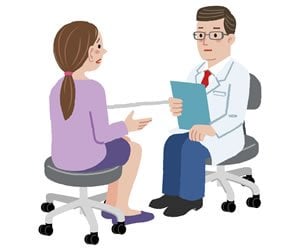
Even student doctors who have not yet completed all of their medical training have probably ... Read more
Written by: Brian Wu
Published on: March 15, 2016

Updated October 28, 2021. The article was updated to correct minor grammatical errors and formatting ... Read more
Written by: Brian Wu
Published on: February 29, 2016

The sub-internship is a crucial rotation for all medical students, no matter which specialty they ... Read more
Written by: Anubodh “Sunny” Varshney
Published on: February 10, 2016

Many medical students cheerfully expect to be earning a generous income as they begin their ... Read more
Written by: Brian Wu
Published on: January 28, 2016

Republished with permission from here. Although there is really never a right time to die ... Read more
Written by: George Prousi
Published on: January 27, 2016

What You Should Know is an ongoing series covering a range of informational topics relevant ... Read more
Written by: Brian Wu
Published on: January 26, 2016
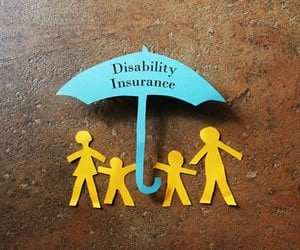
The thrill and responsibility of holding someone’s life in your hands, the ability to act ... Read more
Written by: Richard Reich
Published on: January 7, 2016

Many medical students, even those with a background in the liberal arts, may have a ... Read more
Written by: Brian Wu
Published on: January 4, 2016
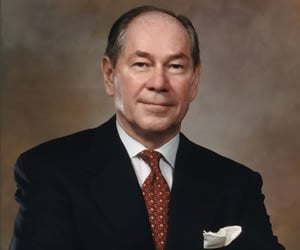
Norman J. Pastorek MD, FACS specializes in facial plastic surgery. He trained at The University ... Read more
Written by: Student Doctor Network
Published on: December 18, 2015

While there were many engaging sessions held at the 2015 UC Davis Pre-Health Conference, a ... Read more
Written by: Suzanne Barston
Published on: December 16, 2015
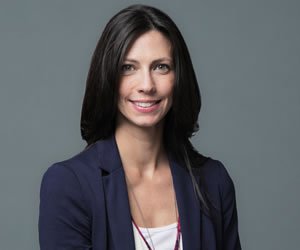
Dr. Natalie E. Azar is assistant clinical professor of medicine and rheumatology at the Center ... Read more
Written by: Juliet Farmer
Published on: November 30, 2015

Reposted from here with permission She was a petite, otherwise well-appearing woman, apprehensively sitting at the edge ... Read more
Written by: Nita Chen
Published on: November 25, 2015

Professional school is hectic. Very hectic. Most programs require the dedication that is equivalent to ... Read more
Written by: David Nguyen
Published on: October 12, 2015

Since the medical field is full of a wide variety of job opportunities, it is ... Read more
Written by: Carrington College
Published on: September 28, 2015

Many students arrive at medical school with a bias that their liberal arts education has ... Read more
Written by: Michelle Finkel
Published on: September 16, 2015
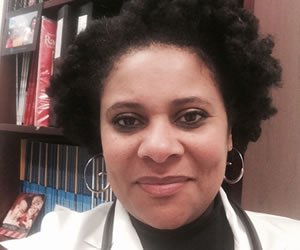
Karen M. Winkfield, MD, PhD, is a radiation oncologist with Massachusetts General Hospital, and she ... Read more
Written by: Juliet Farmer
Published on: September 11, 2015

Most people wouldn’t normally think of medical school as a risky investment. Sure, there are ... Read more
Written by: AJ Nguyen
Published on: September 4, 2015

As third year medical students you’re rotating through your general specialties and you think you’re ... Read more
Written by: Eric Chow and Christopher Terry
Published on: August 31, 2015